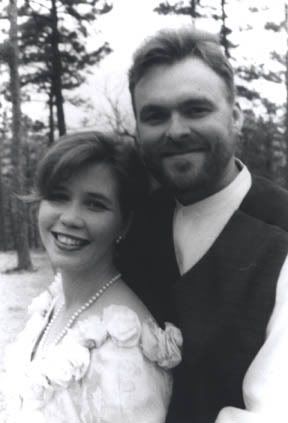
Keeping Chickens for Beginners
So many people are asking about chickens lately, I thought I’d share my experience. That said, I don’t consider myself an expert, but a hobbyist. I like to know where my food came from, plus free-range eggs are more nutritious than factory-farmed eggs. Beyond that, chickens are quite entertaining and relaxing to watch.
Most of the questions concern housing and predators. The main thing I recommend is to bury galvanized wire fencing at least 8” deep around the perimeter of permanent housing. A foot deep is better. If you have soft, easy to dig soil, maybe try 18”. (Our soil here is almost like concrete.) Raccoons and the like tend to give up after a few tries when they keep encountering fence even underground, or at least that has been my experience. Some people like to use ‘chicken tractors’ – movable housing – so they can fertilize one piece of lawn at a time. You’d have to ask one of those folks about how they prevent predators, as I haven’t done that, but I suppose you’d want to enclose the entire bottom with 2”x4” wire.
My chicken house is 15’ x 15’ enclosed, with the same size attached sunny yard enclosed with wire to keep out predators, roof and all. There is a partial loft in the chicken ‘barn’, which they love to roost in. I keep 10 to 15 hens at a time, and when there’s anything for them to forage, I let them out during the day. That’s most of the year where I live. They roam an area of about two acres, but don’t like to go farther than that. They like to have brush areas to retreat to in case of overhead predators. In the winter when there’s nothing but snow and ice on the ground, they must be fed more to make up for the lack of insects and greenery.
Hens lay about one egg a day, when they are laying. They go through cycles of laying and not laying. Some breeds are more likely to lay in winter than most, so it may be wise to get multiple breeds in your flock. Or maybe you get tired of eggs and it’s okay to go through the cycles with them… Sometimes I provide artificial light in the winter to lengthen their daylight hours. This seems to encourage them to start laying again.
Here are some basics you should know if you want to get chickens:
Space: Factory farms might provide two square feet per chicken. I think this is an unhealthy small amount of space. At least double it. I like ten square feet per chicken. That’s your range for housing. They also need an outdoor run, which should be about ten square feet per bird. Of course if you have more room, there’s no such thing as too much space. If you let them free-range, try to feed them just before dark inside their coop, to train them to come home at night. Finally, chickens need a roost. The narrow edge of 2x lumber is just right for their feet. Allow six inches of length per bird.
Food: Feed chicks gamebird crumbles. This is a high protein feed that helps them grow to maturity. Medicated chick starter is widely available, but usually isn’t required. Once they are old enough to start laying eggs (about 6 months), switch them gradually to laying pellets or crumbles. Grown chickens don’t need as much protein. They also like a little scratch grain starting at this age. I sometimes also give them cracked corn and/or crimped oats in the winter for extra energy. Supply fresh clean water at all times. Feed stores have waterers that are optimal.
Where to get them: Feed stores often have chicks for sale in the spring, which is a fun alternative to mail order. Mail order companies have more breeds to offer and information about the breeds. I suggest looking through online catalogs to learn about breeds and decide on a list of breeds you think you might like. Then again, you might find some locally - through the newspaper, word of mouth, etc. – and those are probably just fine. Also, if you can find full grown hens, you won’t have to raise chicks, which involves closely monitoring temperature. If you want eggs, just make sure you get layers or dual-purpose birds, not meat birds. Here are two places to get you started. Please read ordering info carefully.
http://www.sandhillpreservation.com/index.html
http://www.mcmurrayhatchery.com/index.html

No comments:
Post a Comment